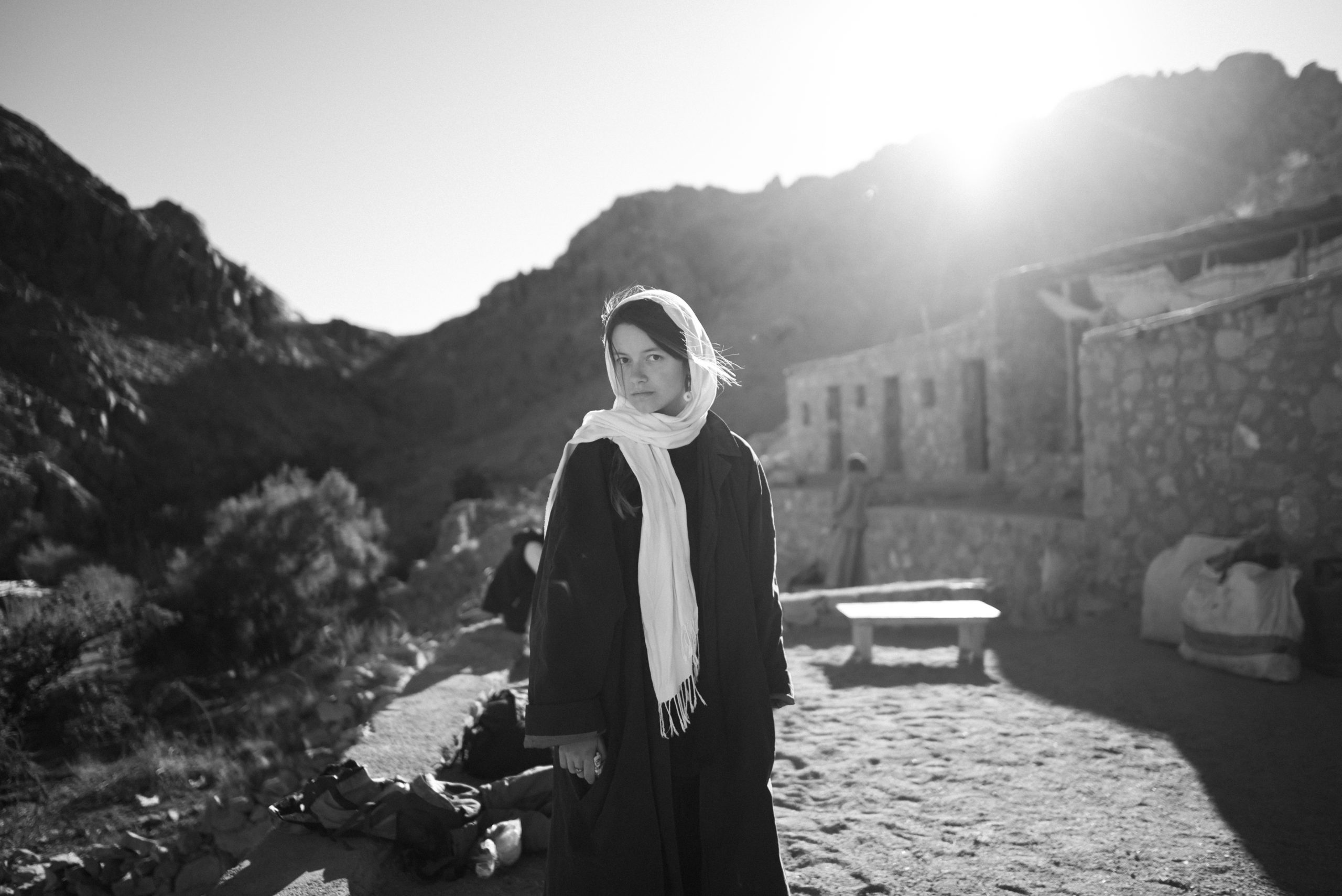
Text by Irina Rusinovich
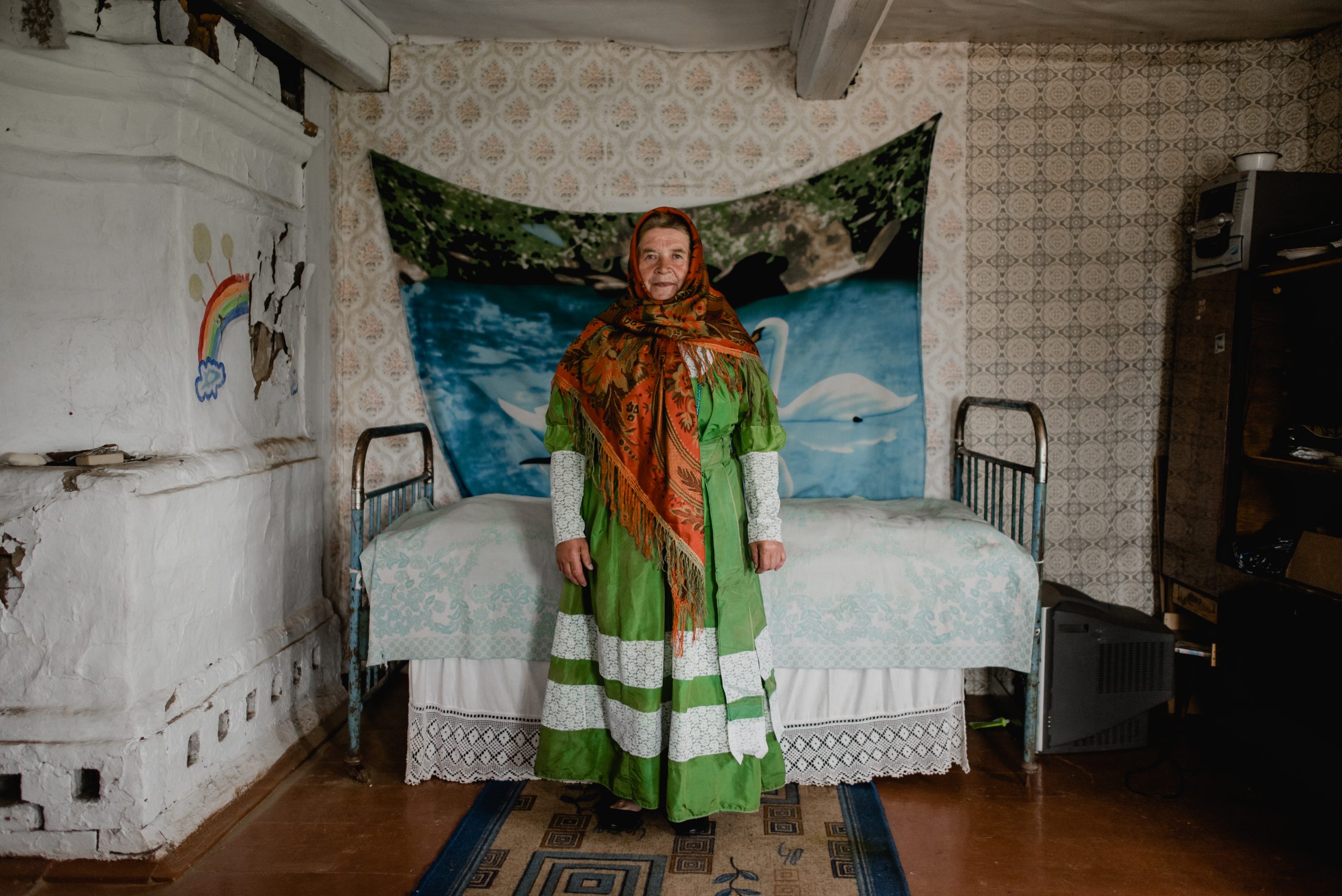
Copyright by Diana Smykova
How do you choose or develop the themes or concepts for your photographic projects?
Themes come naturally – I can even say I both choose and don’t choose them at the same time. Usually, they are intertwined with what’s happening to me at the moment – for example, a project about the feeling of home resonated with my own experience of emigration, and I rarely really plan anything. The work on themes and concepts happens in the process, and observing is always the key. For example, when I was working on the project about the North, a significant portion of my time was spent on research, interacting with the subjects, and simple reflection. In essence, I lived in the village for two to three months, had tea with the locals, sat by the lake, sometimes buried in books. It’s in this border between living, observing, and studying that ideas emerged. The shooting takes up less time, but usually, when I start shooting such projects, I already know how the canvas and concept will look. Afterward, I trust the process and allow the characters to become co-authors in a way.
The process is immensely important to me. I enjoy involving the characters, creating circumstances in which they change, become amazed, and open up. Sometimes, even more meanings are born through collaboration. For instance, when I was shooting a part of the project in the North, I brought a village woman to an old house where she hadn’t been since her wedding day and asked her to put on her favorite dresses. For her, it was like an unexpected journey into the past. In the act of changing into old costumes, she delved into memories, reflection, and opened up new possibilities for shaping the photo story.
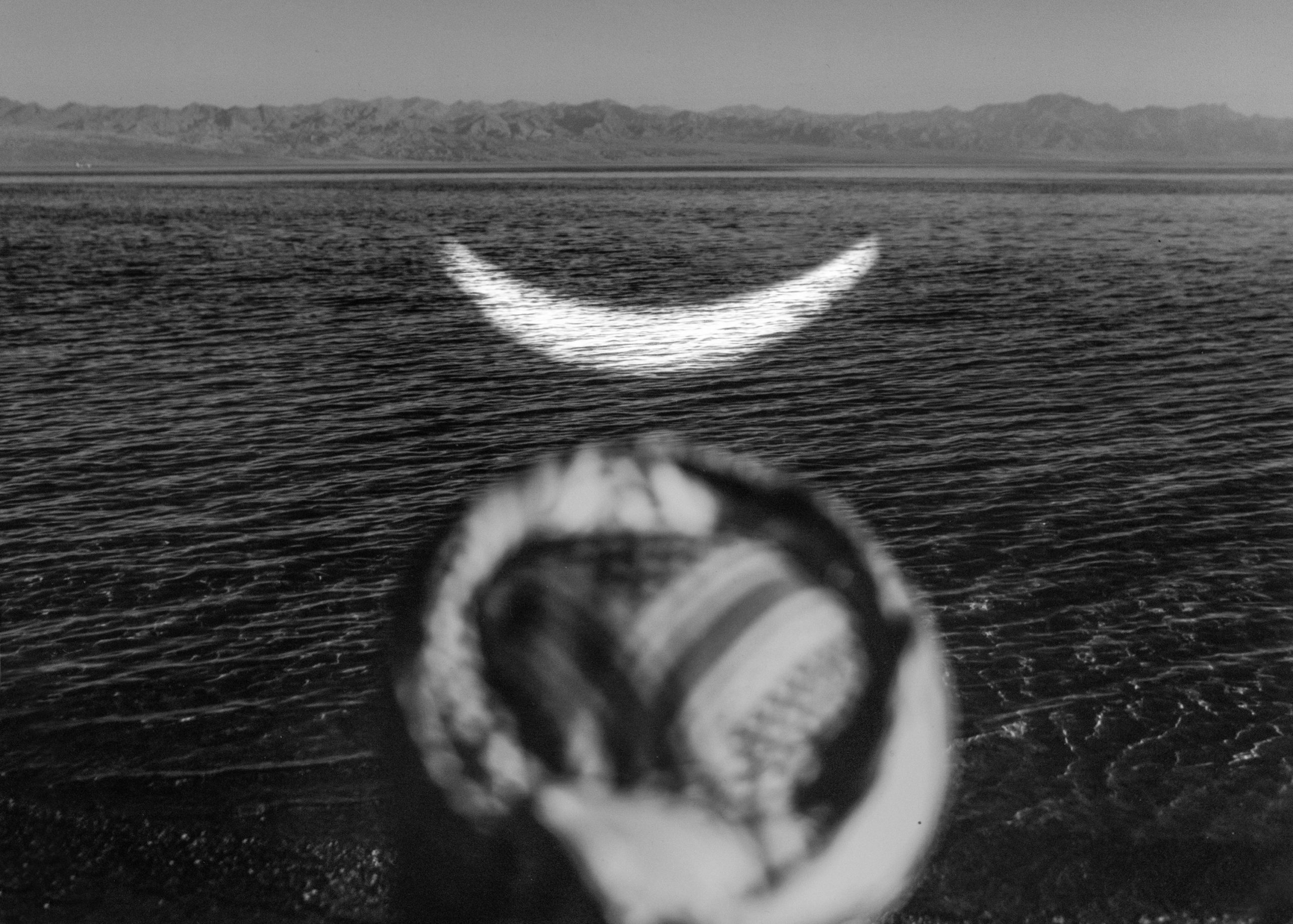
copyright Diana Smykova
Can you describe a project where you merged a powerful concept with compelling visuals to tell a specific story?
My two recent projects – one about the North and „Postcards Home“ – are based on stories. In „Postcards Home,“ I allowed myself more experimentation with visual work. The visual works there departed from classic photography, and I used various techniques for each piece – from collage and analog photography to sunlight and prints.
The project originated from listening to reflections of completely different people about the feeling of home. Then, either through a small collaboration with them or by processing the information on my own, I allowed it to take visual form. The context and meaning were important to me: I found myself far from home, looking for a safe place to express my own emotions, where all people could place their own experiences, pain, and hopes. I tried to become that space, to make the project such. Thus, the works themselves became metaphorical and multi-layered, like fragments of memories and the connections of a story.
In the end, there were nine stories from different people with reflections on home and nine visual works. I like the initial spontaneous title we came up with – „Postcards Home,“ as a collective representation of the „feeling of home“ that you keep for yourself or send to a specific place, time, or person.
How does the context or environment influence the conceptualization and execution of your photography?
These are the defining factors. I’m constantly on the move, and the journey changes me. Different cultures in which I live add or take something away. For me, photography is a mirror process of living, responding, and dialoguing with what’s happening, placing my perspective in the world.
In what ways do you believe photography contributes to social or cultural dialogues?
I know for sure how it happens locally. Sometimes, it’s enough to focus on not changing the entire world, but on the people with whom you work. Photography can make a person feel seen and understood, take them on a journey into the past, open up new paths of understanding their own culture and identity. That’s how it happened with the characters of my projects and with me – and that’s probably the most important. With the growth of practice and self-confidence, as well as strengthening the community of artists, we can definitely make the world better.
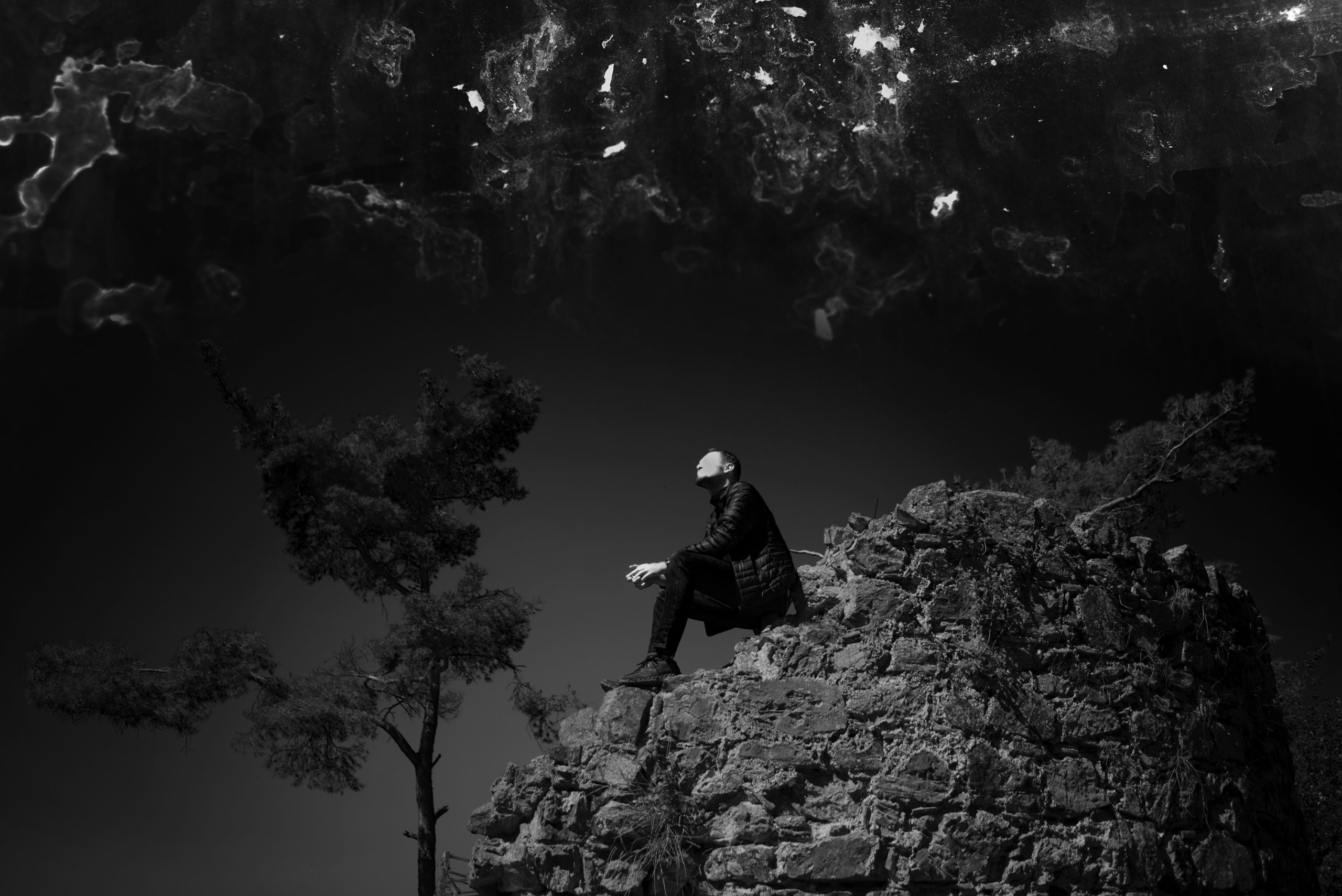
Copyright by Diana Smykova
How do you balance conveying a message or concept with maintaining visual aesthetics and emotional impact in your photography?
What a great and complex question! I genuinely value all these aspects, and a project „works“ when they all come together and complement each other. It’s always a delicate balance between the complexity of the frame and its simplicity, transparency, and the balance between the texture of the story and emotions. I do it intuitively, and creating a „project map“ with all the visual cues, quotes, and works of other people that inspire me for a specific project is a technical tool that helps me greatly.
What techniques do you use to evoke specific emotions or thoughts in viewers through your work?
I love working with images, symbols, and metaphors. In many projects, it has been important for me to use physical methods that resemble pre-digital cinematography. Due to this the process becomes deeper and more complex, and the viewer can feel the energy of this impact. It can involve working with prints and analog methods, collages, and other experiments. For example, in the first photo of „Postcards Home,“ the image of a boat representing the Bedouin story is created with sunlight through a stencil. I really enjoy leaving this symbolism, not only because of how it looks in print but also because it resonates with the myth of the solar boat here.
The photos I create outside of projects are usually very much like poetry. I like it when there’s melody and harmony in a photograph, but at the same time, new ways of perceiving space are generated (and when the perception of it is disrupted while looking at a photograph, I love it even more.) That’s why I appreciate Noemie Goudal’s work so much.
And, of course, the works will always live a new life in the eyes of new people, which is doubly fascinating.
What are you currently working on?
A month ago, in the Indian Himalayan region of Zanskar, we began shooting a documentary film where we will collect sketches about love. It all started with the story of the Zanskari prince and his wife from Hungary, their joint work on his dynasty’s castle, and the fusion of two different cultures in this remarkable place. It’s my first film, and it’s very personal because it’s a collaboration with a person I love. The process of working on the film and searching for stories that inspire us is about finding answers to our questions about love.
I plan to continue working on the „Postcards Home“ project. I’d like to organize more exhibitions and publications related to it, and perhaps supplement it with new stories.
Another plan is to develop a photography project about the North in the form of an interactive landing page. This will also be a new experiment for me, and I’m excited to see how it turns out.
Please follow Diana here
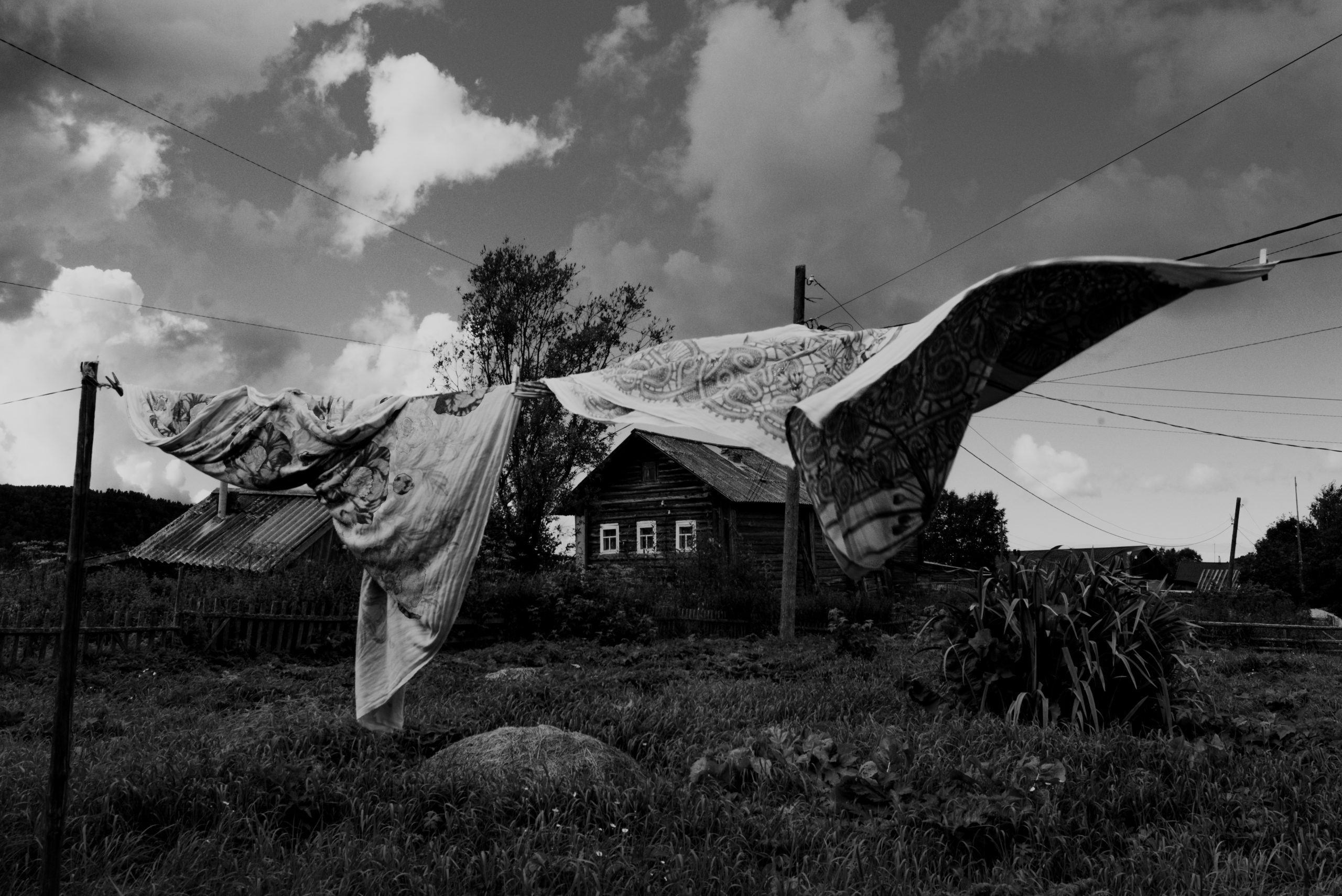
Copyright by Diana Smykova

